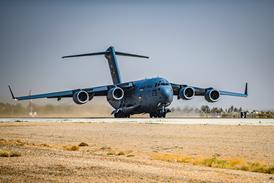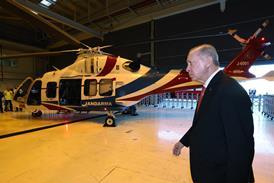With its handful of high-rise cities amid a lot of desert, the Arabian peninsula accounts for a tiny proportion of the world's population but wields a huge influence over the aviation industry.
ts ever-growing airlines, including Emirates, Etihad and Qatar Airways, account for one in 20 of all Airbus and Boeing aircraft on order, but one in seven of the widebody backlog, figures that are likely to be boosted after order announcements at the Dubai air show.
The region is becoming one of the most buoyant export markets for business jet manufacturers, as global corporations and high net worth locals increasingly charter or buy aircraft to fly into and around the region. And since Iraq's invasion of Kuwait in 1991, the nations of the Gulf Cooperation Council have invested heavily in Western defence equipment to safeguard their interests in a volatile wider region.
It is the importance of all three of these sectors - plus civil and para-civil helicopters, flying schools and the beginnings of indigenous manufacturing - that has seen the Dubai air show, held for the tenth time next week, evolve into a must-attend for virtually every serious player in the aerospace industry.
With almost 900 exhibitors - from 200 16 years ago - the event vies with Singapore for the status of the third biggest air show in the world after Paris and Farnborough.
We look at some of the big issues in the spotlight at the show next week, including the global aerospace ambitions of Dubai Aerospace and its Abu Dhabi "counterpart" Mubadala, the turbocharged business aviation market, the cargo plans of the region's big airlines, and forthcoming defence contests.
We also go to Jordan, which despite its economic and social challenges, is determined to create a thriving aerospace sector.
Source: Flight International




















